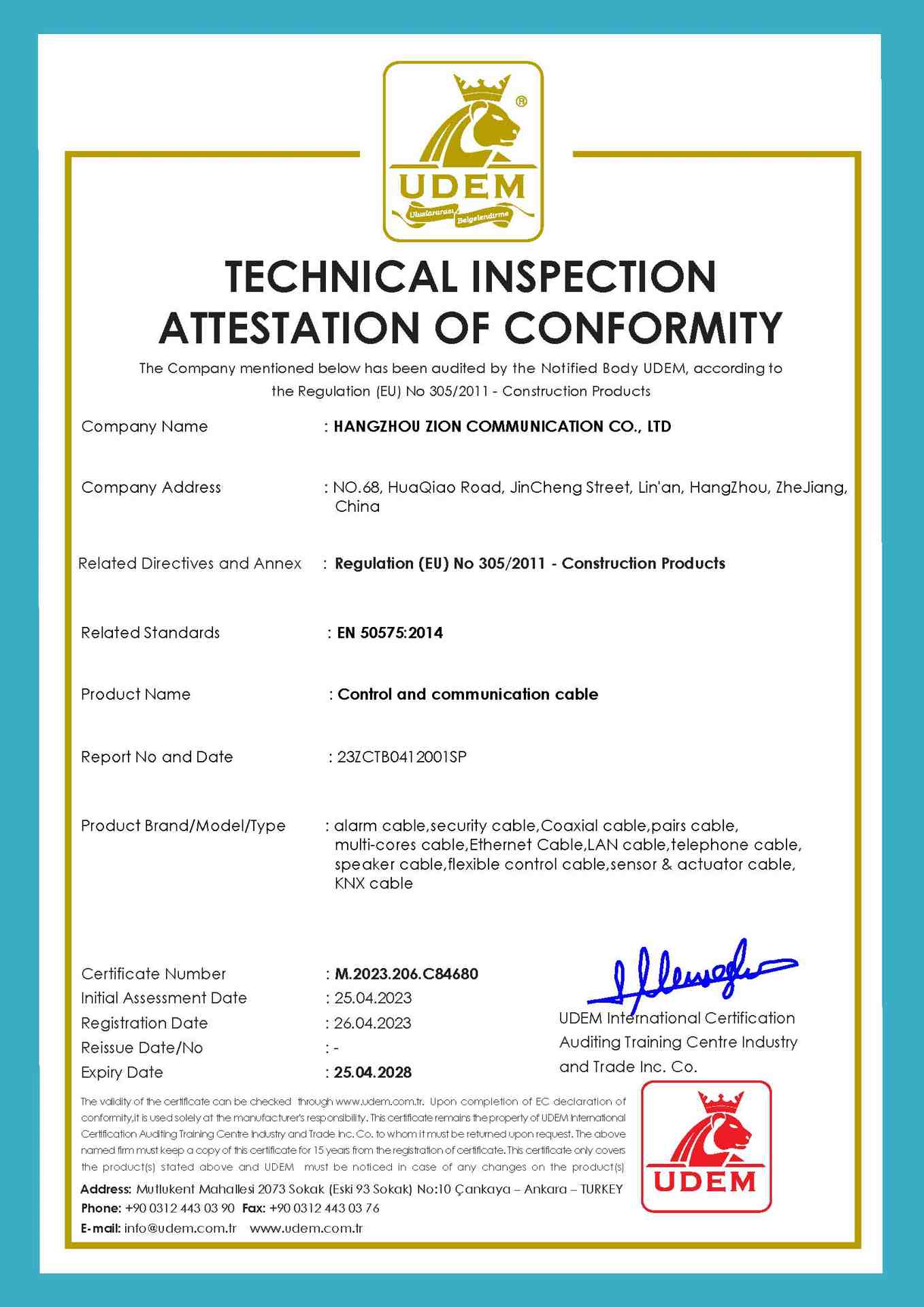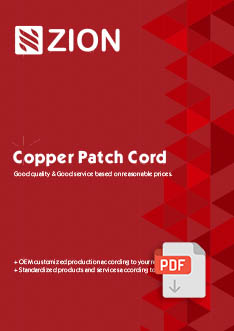Standardized products and services according to our own brand.
Cable & Wire | High quality and excellent service at reasonable prices.
info@zion-communication.com
Download LAN/Ethernet Cable PDF
& Certificate
Zion communication is a Lan cable manufacturer and cable solutions, supplier
provides network cables from short-run applications to the most critical long-distance Application
Our network cables offer optimum performance for main distribution use in
data center systems where extended cable runs are required.
Mobile/wechat/whatsapp: +86 15088607575
Email: info@zion-communication.com
ANSI/TIA/EIA-568.2-D
ISO/IEC 11801
EN50173
EN50175
IEEE 802.3
A registered jack (RJ) is a standardized physical network interface for connecting telecommunications or data equipment.
The most common twisted-pair connector is an 8-position, 8-contact (8P8C) modular plug and jack commonly referred to as an RJ45 connector.
For more details please visit: https://www.zion-communication.com/Modular-Plugs-Products.html
The GG45/ARJ45 connector operates in the frequency spectrum between 600 MHz to 5 GHz with shielded twisted pair and Twinax cables.
To reduce crosstalk, two of the four pairs have been moved so that each pair occupies one corner.
A protrusion on the socket is designed to activate a switch on the jack for the alternative contact positions.
Combined with an internal system of Faraday cages, the GG45 interface, therefore, has plenty of headroom,
plus the ability to migrate to higher speed service by upgrading to Category 7A patch cords that activate the switch in the jack.
Channel CHANEL testing: A single integrated cabling product is placed into the testing equipment for testing. Most of the channels involved are related to the testing of cables, which means testing the performance indicators such as throughput, attenuation, signal-to-noise ratio, crosstalk, etc. for the cable monomer.
The testing of links has more practical significance than the testing of channels
ZION COMMUNICATION/HELLOSIGNAL



